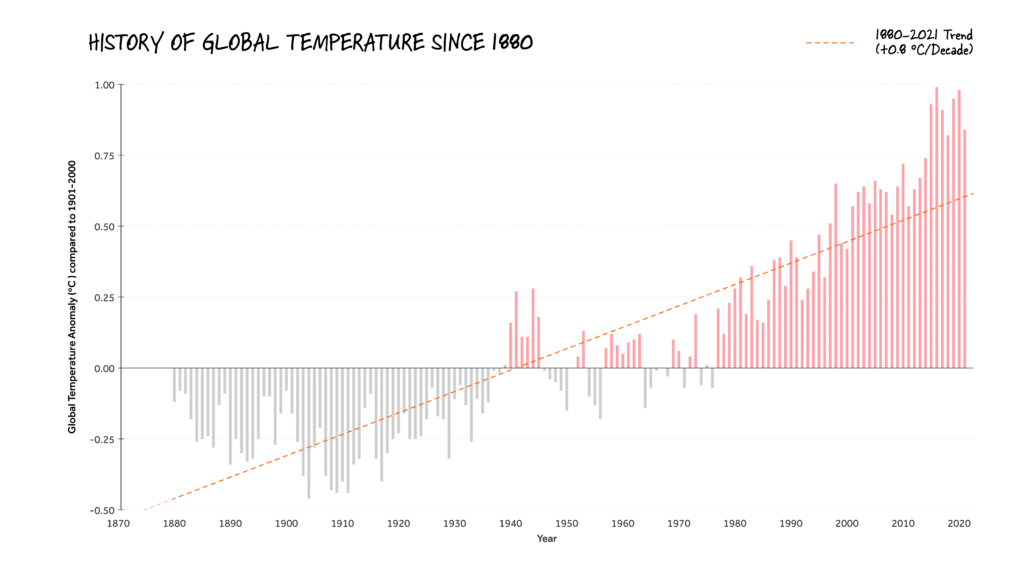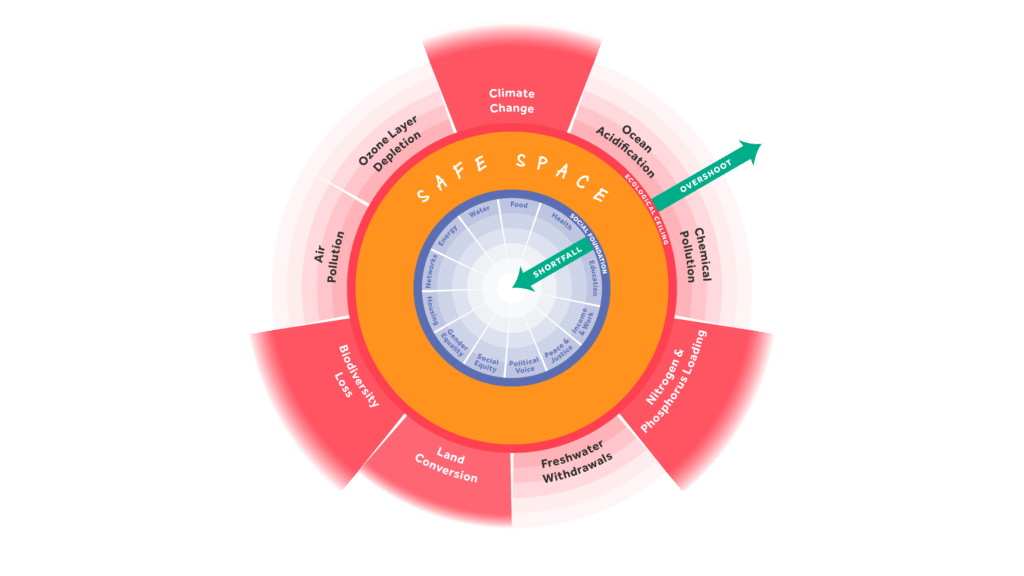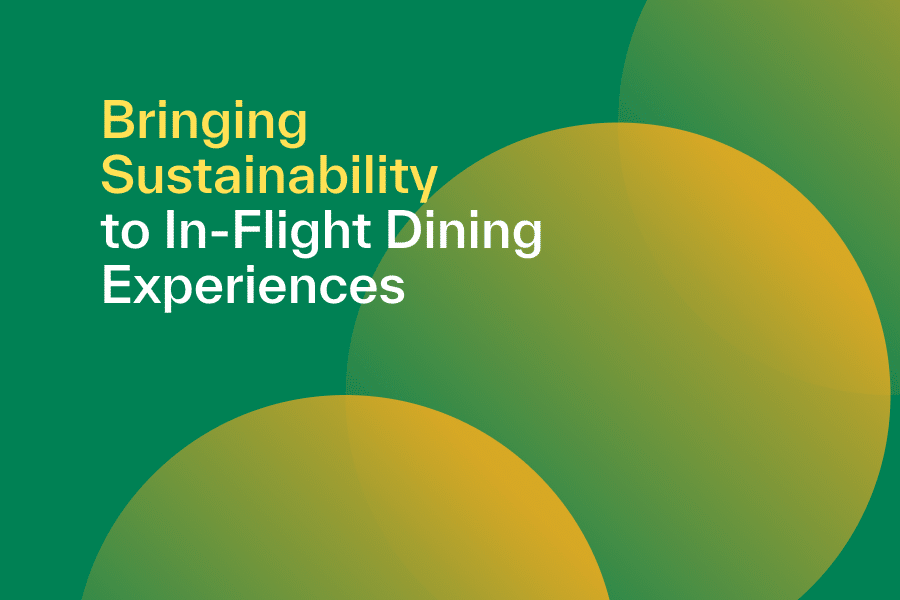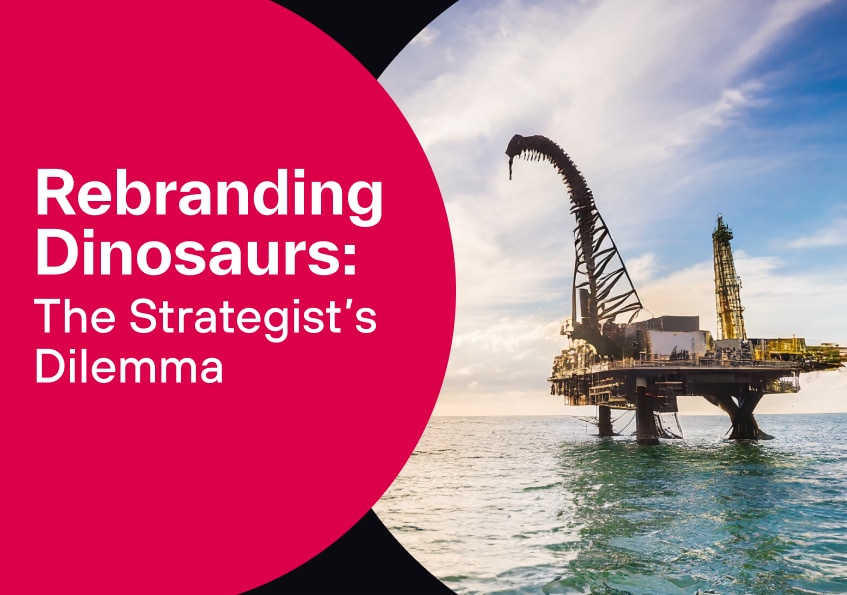Shouldn’t Every Day be Earth Day?
The upcoming Earth Day event on 22 April 2022 will be the most recent in a movement that started in 1970. Earth Day aims to galvanise action from individuals, businesses, and governments to reverse the environmental crisis caused by human activity. Given the power of brands to connect, influence, and drive actions, they have a major role to play in this effort.
It’s interesting to ponder perceptions created by the terminology used in the branding and messaging of this vital endeavour. Earth Day 2022, for example, is tagged with #InvestInOurPlanet. Terms such as Save the Planet, Climate Change, the Climate Emergency, and Climate Crisis each colour the challenge in a particular way.
Let’s start with ‘the Planet’. The Earth is a large, round(-ish) rock with a diameter of 12,242km. As has been said elsewhere, the Earth, our planet, has been around for 4.5 billion years and will probably be around long after the end of human civilization. Short of a cataclysmic galactic event, the Earth itself is indestructible.
The thing is, we live on the Earth, but we live in the biosphere.
And the biosphere is not nearly as robust as the planet. Roughly speaking, life all happens within fourteen kilometres below sea level in the ocean, eight kilometres above sea level on the highest mountains, and three kilometres into the Earth’s lithosphere (the outer shell of the Earth’s crust). Based on these parameters, it is estimated that the biosphere is only about 0.0007 per cent of the volume of ‘the planet’ (Mickey et al., 2017).
In other words, it’s tiny!

This life support system is much smaller than conjured up by the term ‘planet’. If the biosphere was just a bubble floating around in space with all of humanity on board, would anyone be allowed to trash it? That would be unthinkable, wouldn’t it?
Yet here we are.
What’s more, the ability of the biosphere to support human life is incredibly fragile and sensitive to climate change. Earth wasn’t always the precious blue dot that it is today. It’s thought the Earth became habitable for humans about 450 million years ago and the ancestors of modern humans emerged about 200 million years ago. But it’s only in the past 200,000 years that the climate has been benign and stable enough to enable humans to really thrive. This is why a 2-degree increase in temperature is a big deal (Buis, 2019). Climate Change changes everything.
Just one example: the accelerating melting of glaciers is changing the way mass is distributed around the planet and shifting the axis of the Earth’s rotation.
Which brings us to the concept of Climate Crisis or Climate Emergency.
Well, the Emergency emerged years ago and was wilfully ignored. Hence, the current Crisis.
On the current trajectory, we haven’t got an iceberg’s chance in hell of keeping temperatures within the 1.5% target of the Paris Agreement:

The year 2020 was the warmest on record and 2021 saw climate extremes around the world, including record-breaking heatwaves, torrential rainfall, droughts, and more.
We’re approaching—some experts believe we’ve already passed—tipping points that will accelerate climate change. Even with a 2-degree increase, the system may keep warming itself making the Earth uninhabitable. The recent report published by the Intergovernmental Panel on Climate Change (“IPCC”) underscores this (Portner et al., 2022).
We’re living beyond the means of the biosphere to support us. And therein lies a clue as to the right way to conceptualise what’s happening.
The Planetary Boundaries that describe the limits that we must operate within were first proposed in 2009. According to the European Commission, of nine planetary boundaries, four have been exceeded, breaching the ecological ceiling. All four relate to the health of the biosphere.

In 2012, Kate Raworth suggested that social boundaries should be added to demark an equitable social foundation. The doughnut-shaped space within the planetary boundaries and the social foundation is the “safe and equitable space for humanity to thrive in”.
Rather than ‘saving the planet’, which sounds like a Herculean task, perhaps we should think in terms of regenerating the biosphere—remembering how relatively small and precious it is. All of us need to make as big an impact as we can, looking at creating shared value for all stakeholders, including society and the environment.
Brands can invest in the future by bringing ‘doughnut thinking’ into their sustainability strategies and embedding the drive for positive change into their culture.
The brands who do this will be the ones who prosper.
Make every day Earth Day.







